42 how to read food labels for kids
How to read a food label - Healthy Kids Added sugar in food; Confectionery; Kids Zone. Primary school; The five food groups; Fruit; Vegetables; Water; Calcium; Mindful munching; DIY snack ideas; How to read a recipe; Food label fun; Lunch box reviews; Quiz: who am I? Corny jokes for kids! High school; The five food groups; Calcium; Iron; Macronutrients; Superfoods; Skipping breakfast ... PDF Grades 3 to 5 • Personal Health Series Food Labels Food Labels. You're staring groggily at your box of Frosted Whatchamacallits. Your eyes land on the food label. Does 1 cup really contain 19 grams of sugar? And what are maltodextrin and sodium hexametaphosphate anyway? Nutrition Facts food labels offer important information, but only if we know how to read them. These
Get the Facts: Know Your Food Label | Health Powered Kids Ask the youth to take a few minutes to do the following: Locate the Nutrition Facts label for your food item (s). Find the Serving Size and Servings Per Container. Remember: all of the nutrition information on the label is based on one serving of the food. A package of food often has more than one serving! Find the calories.
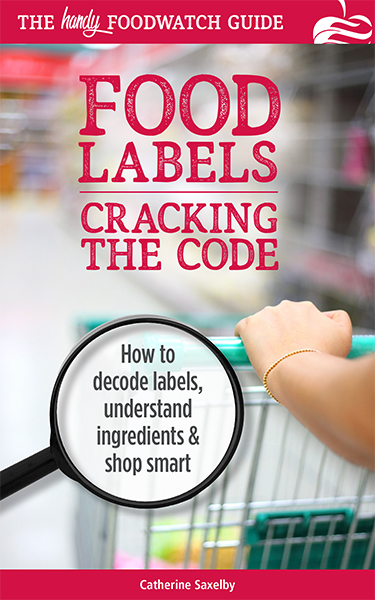
How to read food labels for kids
Reading Nutrition Labels for Kids! - Kids Cook Real Food Reading Nutrition Food Labels for Kids 0:50: The first thing to understand is that the ingredients are listed in the order of the amount that they are in the recipe. For example, if tomato puree is the first ingredient on a tomato sauce jar, that means there's more tomato puree than anything else in the sauce. How to read food labels | healthdirect How to read the Nutrition Information Panel The Nutrition Information Panel tells you the size of a standard serving of the product and which nutrients are contained in that serving. You can use the label to compare the product with what's in similar packaged foods. Look out for information about: Energy: A kilojoule is a measure of energy. Reading food labels: 5 tips to help kids make healthy choices Make it a game to see if kids can sound out items in the ingredient list. It's a classic teaching moment: Unpronounceable ingredients often mean it's a fake, lab-created "food." Then ask them to read the label on an apple. Surprise! No food label means it's a whole, real food—the best, most nutritious kind. 2. Visualize serving sizes.
How to read food labels for kids. How to Read Nutrition Facts | Food Labels Made Easy - YouTube The first thing you'll notice at the top of nutrition facts are the serving size and servings per container. This is simply the "amount" in the package or container. Pretty self explanatory... Next... Figuring Out Food Labels (for Kids) - Nemours KidsHealth The rest of the label tells you how many nutrients are in 1 serving. Servings per Container or Package The label also tells you how many servings are contained in that package of food. If there are 15 servings in a box of cookies and each serving is 2 cookies, you have enough for all 30 kids in your class to have 1 cookie each. 3 Nutrition Labels Kids Can Learn to Read A healthy cereal has a lot of fiber (more than 3 grams per serving) and only a little added sugar (less than 5 grams per serving.) Ask the child to look for the numbers on their favorite choice. For More Nutrition: Mix a half bowl of unsugared cereal with a half bowl of sugared cereal. Ex. Plain oat cheerios with Cinnamon apple cheerios. How to Read Nutrition Facts Labels - Action for Healthy Kids You can start by simplifying the information on nutrition labels to teach children to identify key nutrients that are common in nutrient-rich foods. Take Action Nutrition Facts labels have a lot of information on them and can be overwhelming. Make it simple by focusing on: Serving size: A serving is what is typically consumed, not a recommendation.
Food labels - NHS There are guidelines to tell you if a food is high in fat, saturated fat, salt, sugar or not. These are: Total fat High: more than 17.5g of fat per 100g Low: 3g of fat or less per 100g Saturated fat High: more than 5g of saturated fat per 100g Low: 1.5g of saturated fat or less per 100g Sugars High: more than 22.5g of total sugars per 100g Read the Label Youth Outreach Materials | FDA - U.S. Food and Drug ... Read the Label Youth Outreach materials challenge kids (ages 9 to 13) to look for and use the Nutrition Facts label on food and beverage packages. The materials include fun, easy tips and targeted... How to Read a Nutrition Facts Label (Video) - Johns Hopkins All ... How to Read a Nutrition Facts Label (Video) Most packaged foods come with a Nutrition Facts label. These labels have a lot of important information — on fat and calories, serving sizes, sodium content, and more — but they're hard to understand. Watch this video for tips on figuring out food labels so you can make healthy choices. How to Read a Food Label with Kids - Feeding My Kid Food labels don't have to be hard to read, which is why we have put together the basics you need in order to decipher the label—consider this a food label codex. First up, calories! Calories, How Many Should Your Child Have? Unfortunately, food label percentages are based on how much an average adult should eat. It's based on a 2,000 calorie diet.
How to Read a Label for Food Allergy - Kids With Food Allergies The FDA food allergen label law requires foods to state if they contain a major food allergen (milk, egg, peanut, tree nut, wheat, soy, sesame, fish, crustacean shellfish). Foods that contain these allergens must say so in plain English. But, there are many foods and products that are not covered by the law, so it is still important to know how ... How To Read Food and Beverage Labels - National Institute on Aging "Sell by" tells how long the manufacturer suggests that a store should sell items such as meat, poultry, eggs, or milk products. Make sure you buy by this date. "Use by" tells how long items will be at peak quality. If you buy or use the product after that date, some might be stale or less tasty. Understanding Food Nutrition Labels | American Heart Association Remember that the information shown in the label is based on a diet of 2,000 calories a day. You may need less or more than 2,000 calories depending upon your age, gender, activity level, and whether you're trying to lose, gain or maintain your weight. When the Nutrition Facts label says a food contains "0 g" of trans fat, but includes ... Nutrition Facts Labels - How to Read - For Kids - Dr. Smarty Nutrition Facts Labels - How to Read - For Kids - Animation for American Nutrition facts labels explained.
PDF Teacher's Guide: Food Labels (Grades 6 to 8) - KidsHealth Students will: • Learn how to read food labels • Determine if packaged food is healthy Materials: • Computer with Internet access • Pen or pencil, paper, paperclip or stapler • Two food labels (students may use actual packaging or research the labels online) Class Time: • 1 hour Activity:
How to Read a Nutrition Facts Label - WebMD This can give you a good idea of whether a food is a poor, OK, or good source of a nutrient. A Daily Value of 5% or less is "low" in a nutrient. A Daily Value of 20% or more is "high" in a ...
How to read food nutrition labels? Health Tips for Kids | Mocomi How to read food nutrition labels? The key nutritional ingredients to look out for are the amounts of total fat, saturated fat, sugar and sodium/salt. You can refer to following proportion to understand the amount of intake that is considered to be healthy. Saturated Fat 0-1.5g (best), 0-1.6g (okay), 5g+ (sometimes)
Nutrition and Food Labels for Children - Healthier, Happy Lives Blog Here to help you make sense of the food you buy is Venus Kalami, MNSP, RD, CSP, a board-certified pediatric registered dietitian and nutritionist at Stanford Medicine Children's Health . She also discusses understanding food labels in a HealthTalks podcast. Kalami has a master's in nutrition science and policy and works with children and ...
Food Labels Nutrition Printables- Food Label Worksheets, Printout ... Food labels are an important part of helping kids learn to make healthy choices. Food labels provide basic information about the nutrition inside foods so that children can begin to see how foods are different. Our learning and activities sheets make learning to read food labels fun for kids.
Nutrition labels: Finding out about the food you eat - AboutKidsHealth By law, most packaged foods must be labelled with a Nutrition Facts table which gives you information on: Serving size Calories Percent daily values (% DV) Information on 13 major nutrients: Fat Saturated and trans fats Cholesterol Sodium Carbohydrates Sugars Fibre Protein Vitamin A Vitamin C Calcium Iron
safefood | How to read food labels To make healthier choices, you need to be able to make sense of food labels. Understanding food labels can be tricky. It takes time and practice. Start at home by getting familiar with labels on the foods you eat regularly. Then when you are shopping, compare labels of similar products to find the healthiest option. Here are the things to look ...
Reading Food Labels (for Parents) - Nemours KidsHealth The number of calories that's listed on the food label indicates how many calories are in one serving. Percent Daily Values Percent daily value is most useful for seeing whether a food is high or low in nutrients: A food with 5% or less of a nutrient is low in that nutrient. A food with 10%-19% of a nutrient is a good source of that nutrient.
How to teach kids to read food labels - Delicious Living For kids ages 4-8, portion sizes should be about two-thirds of an adult portion; for preteens, portions should be 80 percent to 90 percent of the adult amount, says Tara Dellolacono-Thies, RD, food coach for CLIF Kid. 2. Evaluate numbers. Next, show kids numbers next to calories, fat, sugar, fiber, and cholesterol.
Reading Food Labels: Lesson for Kids | Study.com Choose foods that have low numbers and percentages in these categories. Speaking of percentages, what do they mean? Each nutrient shows a ''percentage of daily value''. For example, say your cereal...
How to Read a Food Label - FoodAllergy.org In the ingredient list, using the allergen's common name. Using the word "Contains" followed by the name of the major food allergen—for example, "Contains milk, wheat.". In the ingredient list in parentheses, when the ingredient is a less common form of the allergen—for example, "albumin (egg).". With tree nuts, fish and ...
Kids Can Learn to Read Food Labels - Kitchen Stewardship A little food label education may be needed. What Kids Need to Know About White Sugar There are many types of sugar. One of the most important concepts to understand is the difference between added sugar and natural sugar. Natural sugar is already in foods from nature, like fruits, milk sugars, and even starchy vegetables.
Reading food labels: 5 tips to help kids make healthy choices Make it a game to see if kids can sound out items in the ingredient list. It's a classic teaching moment: Unpronounceable ingredients often mean it's a fake, lab-created "food." Then ask them to read the label on an apple. Surprise! No food label means it's a whole, real food—the best, most nutritious kind. 2. Visualize serving sizes.
How to read food labels | healthdirect How to read the Nutrition Information Panel The Nutrition Information Panel tells you the size of a standard serving of the product and which nutrients are contained in that serving. You can use the label to compare the product with what's in similar packaged foods. Look out for information about: Energy: A kilojoule is a measure of energy.
Reading Nutrition Labels for Kids! - Kids Cook Real Food Reading Nutrition Food Labels for Kids 0:50: The first thing to understand is that the ingredients are listed in the order of the amount that they are in the recipe. For example, if tomato puree is the first ingredient on a tomato sauce jar, that means there's more tomato puree than anything else in the sauce.

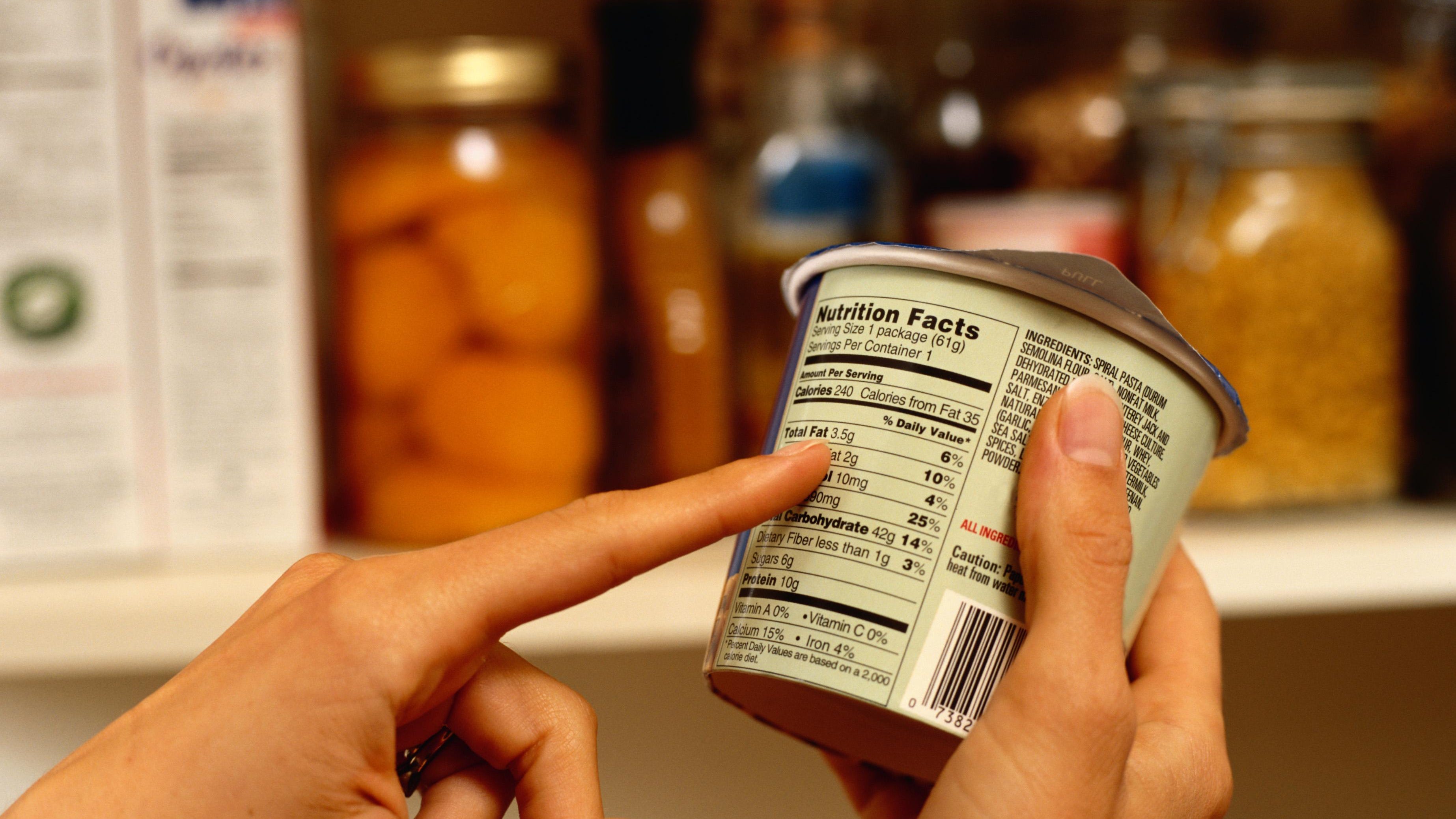
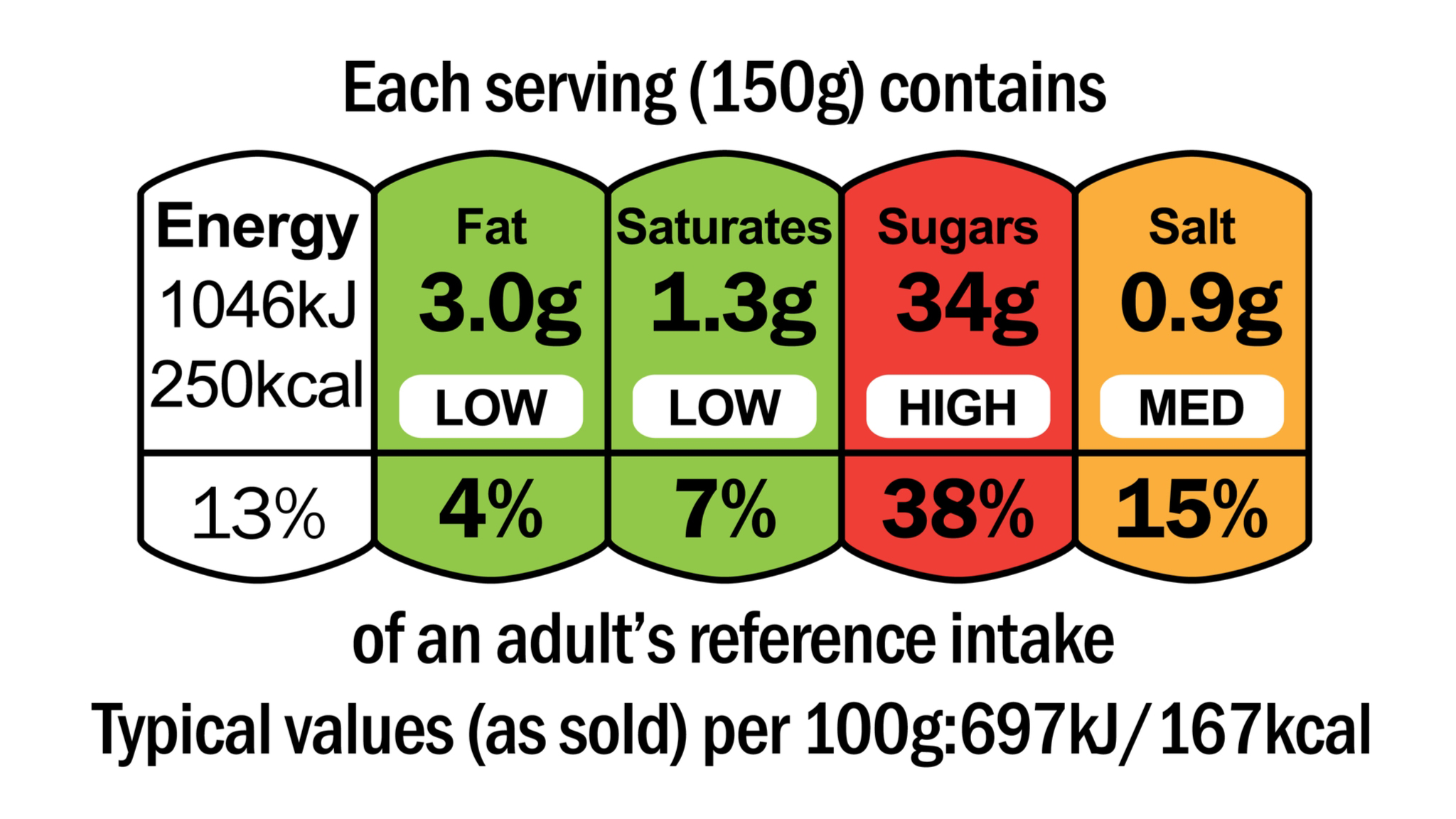




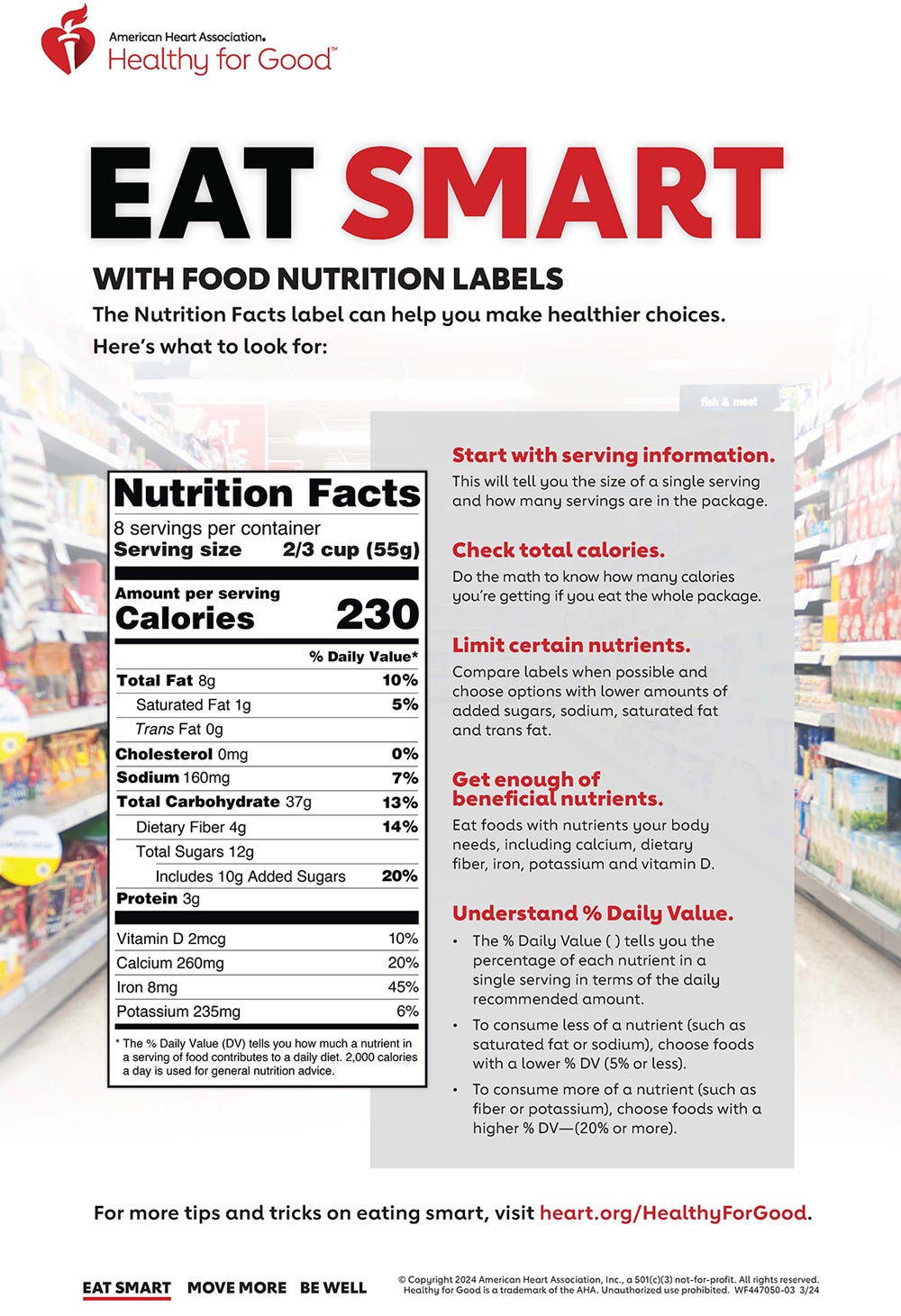
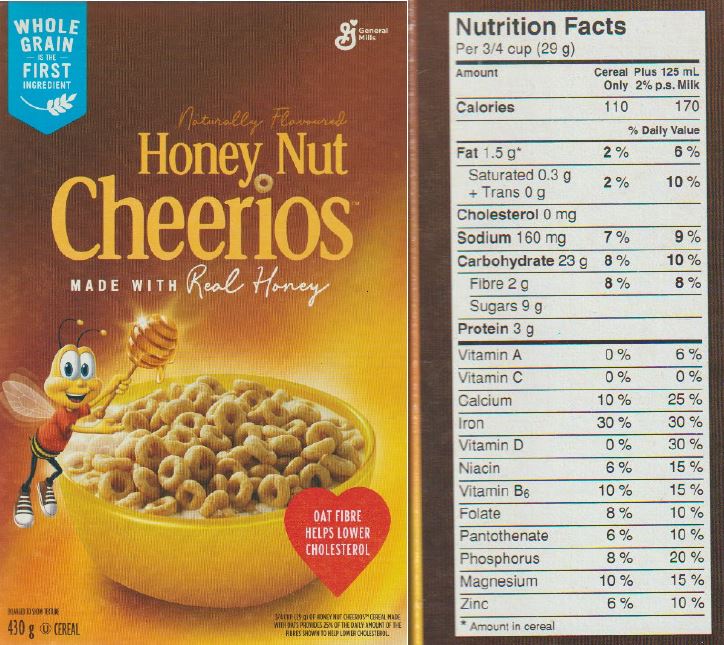



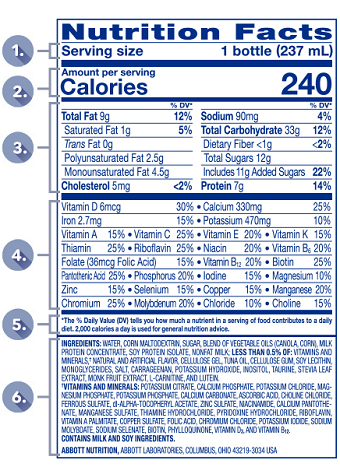

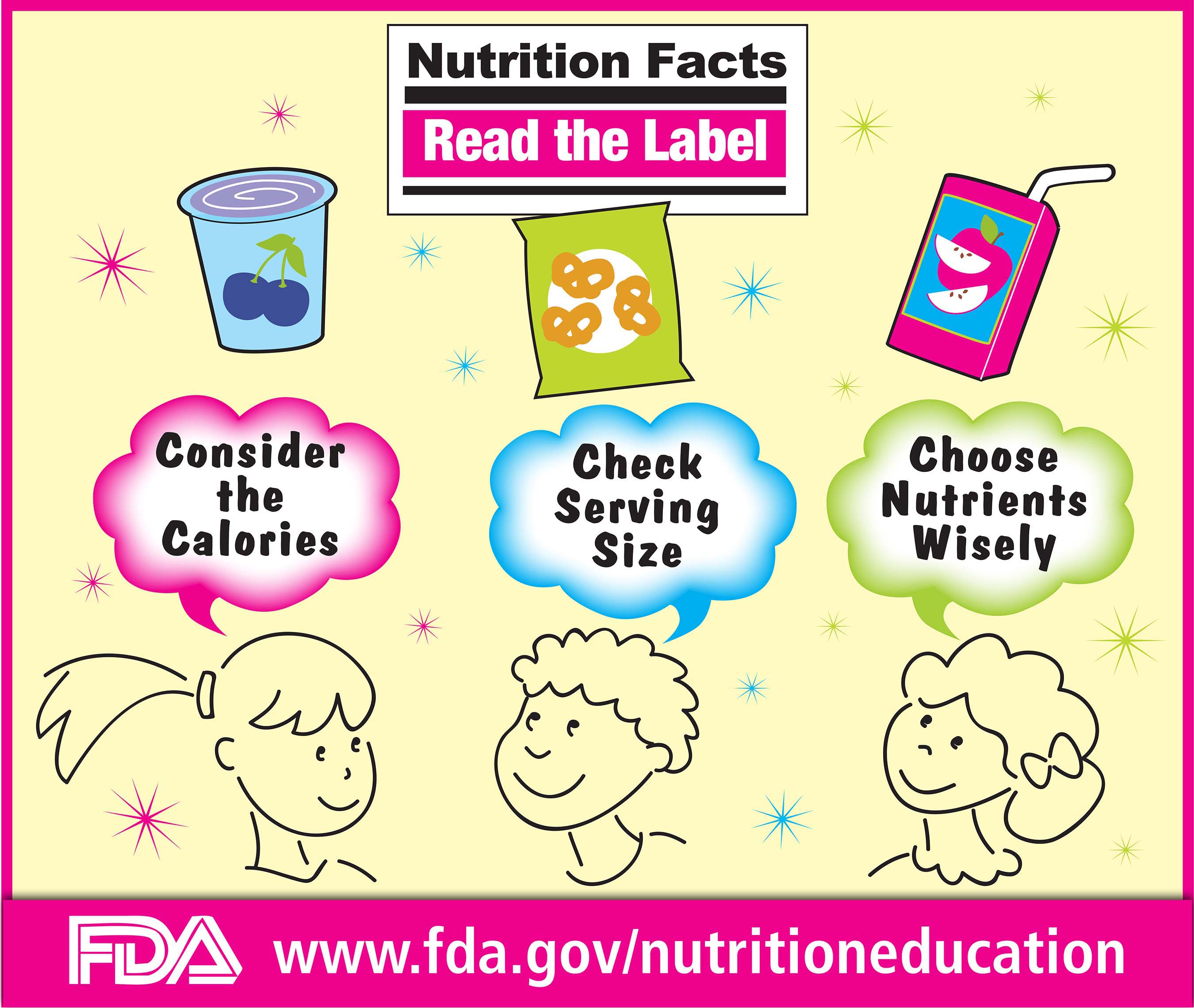
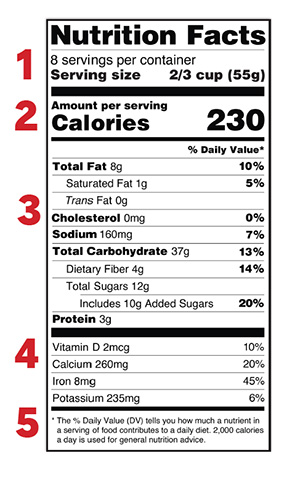


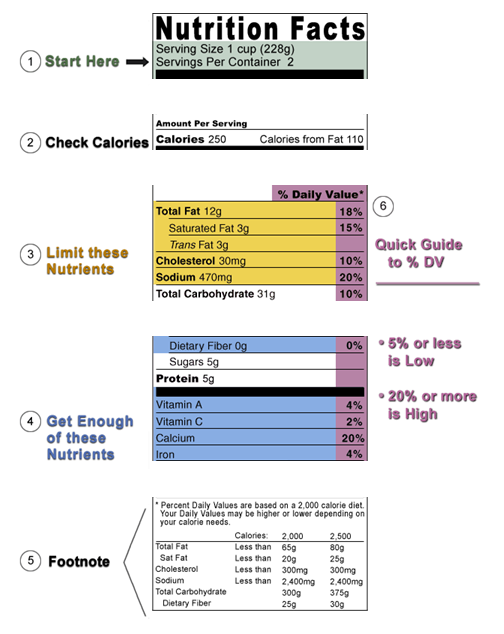
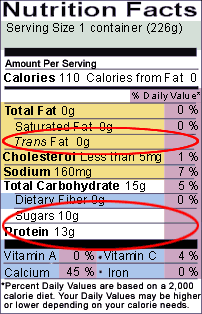


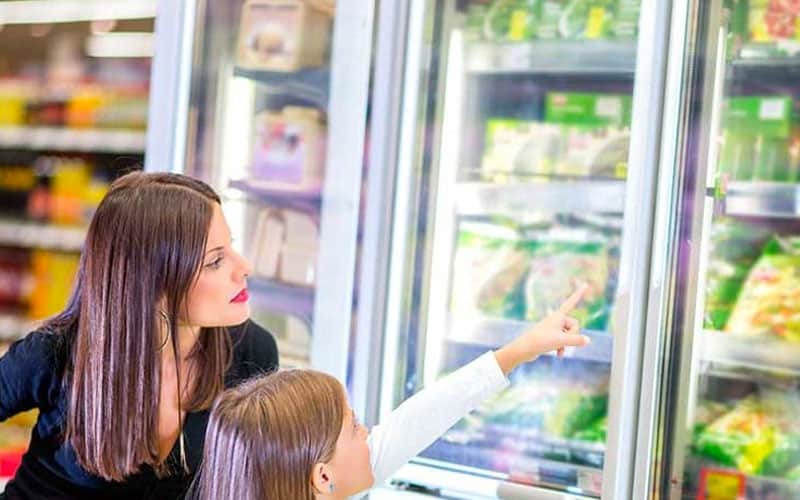
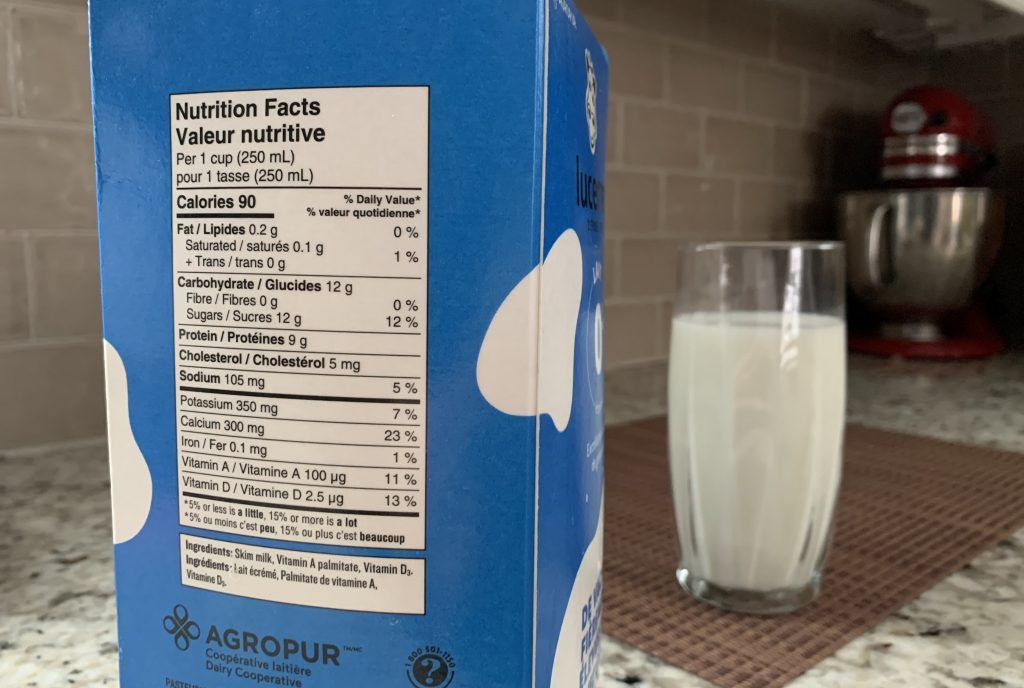

![Kids With Food Allergies Foundation - [Sponsored] Knowing how ...](https://lookaside.fbsbx.com/lookaside/crawler/media/?media_id=10160079595110961)




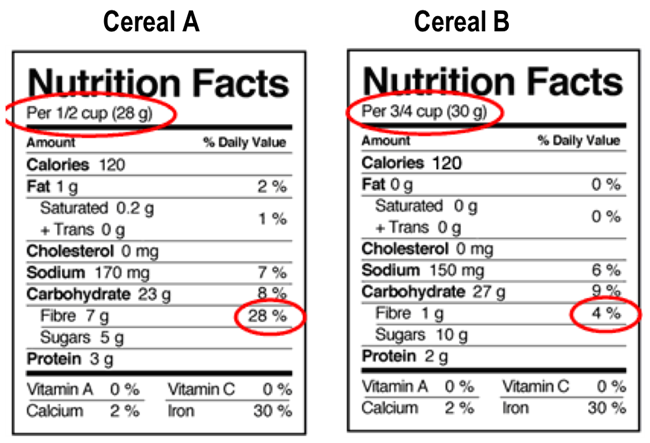
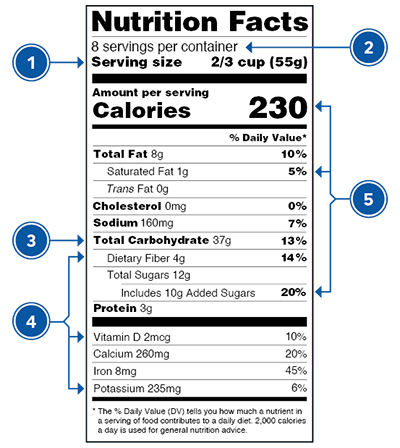

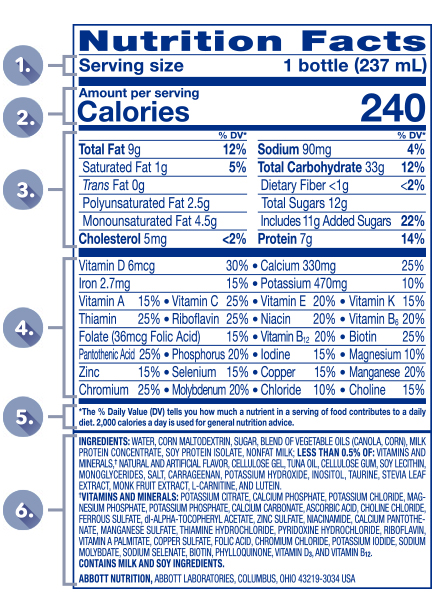


Post a Comment for "42 how to read food labels for kids"